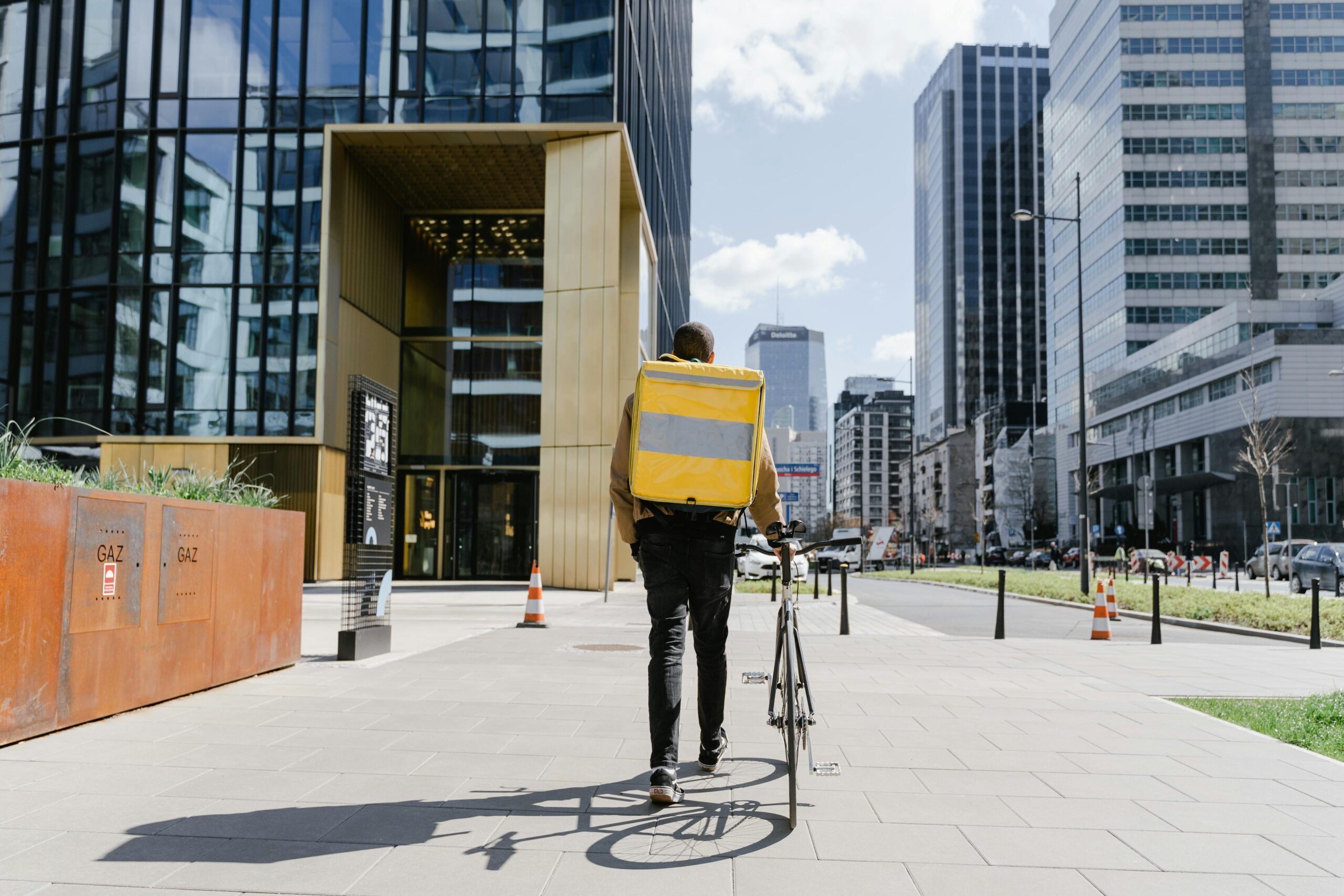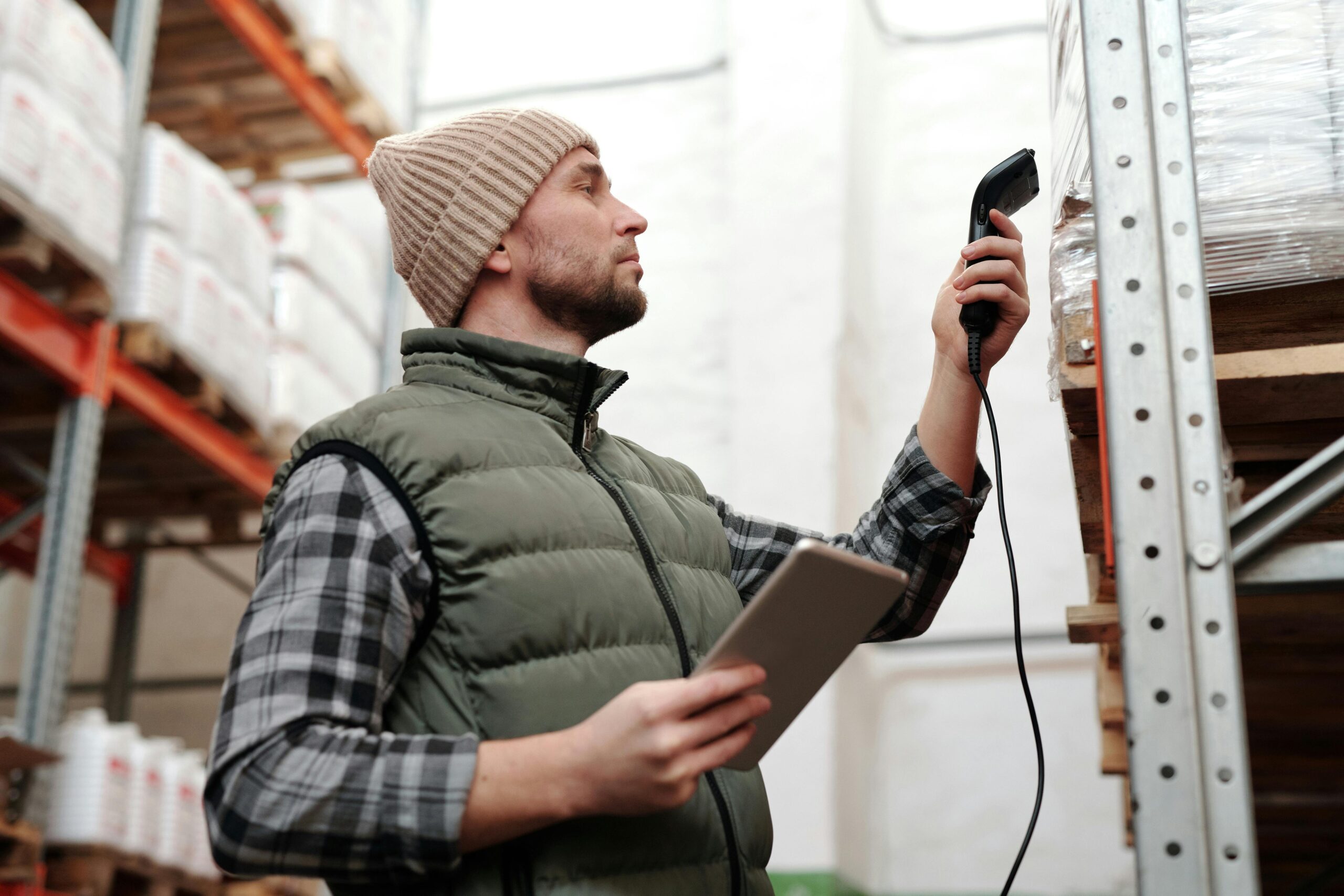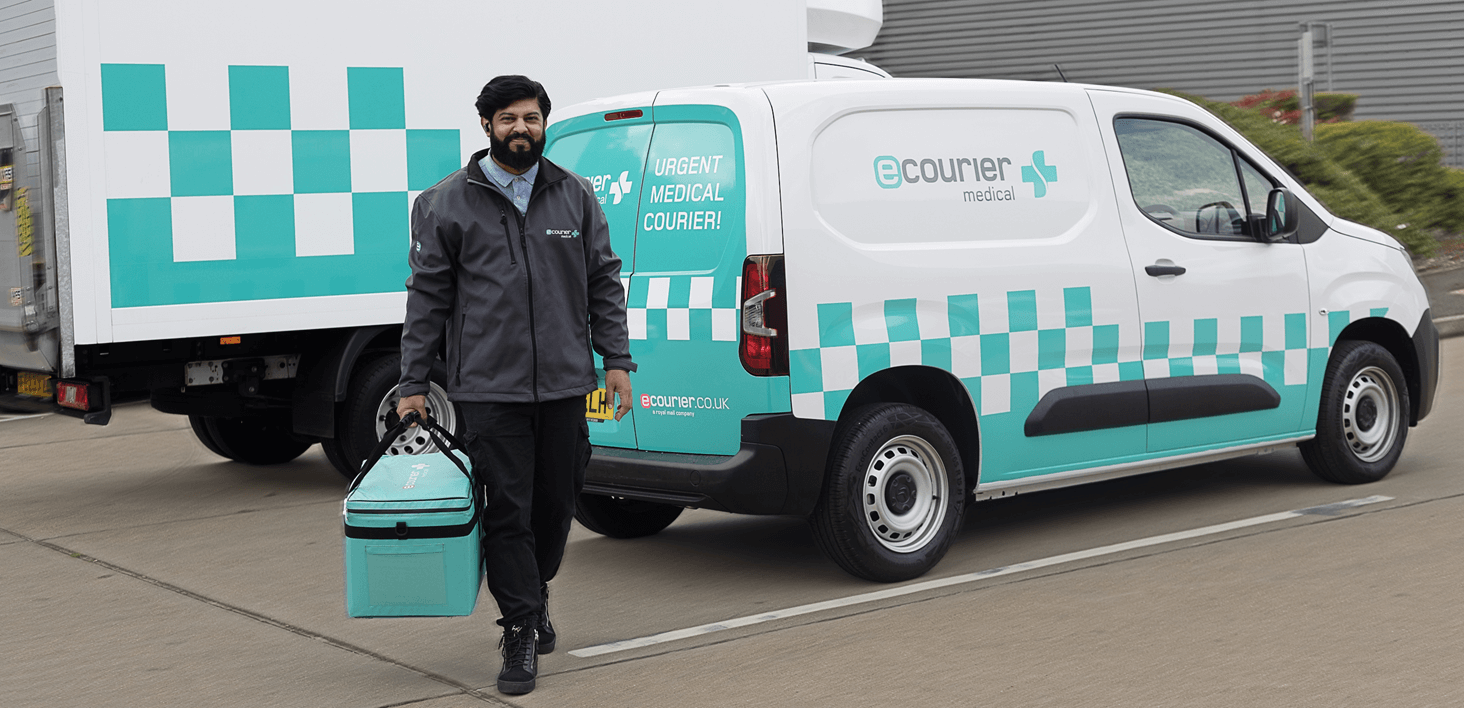
Balancing Speed, Cost and Sustainability in Same Day Delivery
In the fast-paced world of e-commerce, same day delivery has become a key differentiator. They offer a competitive edge, meeting the growing demand for speed and convenience among consumers.
However, this speed often comes at a cost. Not just in monetary terms, but also in terms of environmental impact. The logistics involved in same-day shipping can lead to increased carbon emissions and resource consumption.
Balancing speed, cost, and sustainability is therefore a critical challenge. Businesses need to find ways to deliver quickly and cost-effectively, while also minimising their environmental footprint.
This article explores how companies can navigate this complex landscape. It delves into strategies for optimising delivery operations, embracing green technologies, and aligning with corporate social responsibility (CSR) goals.
Whether you’re a Business Operations Manager, a Project Management Consultant, or a CEO, this guide offers valuable insights to help you make your same-day deliveries more sustainable and efficient. Let’s dive in.
The Rise of Same Day Delivery
The demand for same-day deliveries has surged in recent years. Consumers now expect instant gratification, driving companies to adapt. E-commerce giants have set the benchmark for rapid delivery. Their success has shifted customer expectations across all industries.
Businesses are investing in logistics to keep up with this trend. Speed is now a critical component of customer satisfaction and loyalty. However, the challenge lies in scaling these operations sustainably. Companies must balance speed with environmental and cost considerations to remain competitive.

The Triple Bottom Line: Speed, Cost, Sustainability
Balancing speed, cost, and sustainability is crucial in same-day deliveries. Each factor impacts the others, and finding harmony is a challenge. Speed influences customer satisfaction but can drive up costs. Faster deliveries often require more resources, which can affect profit margins.
Cost efficiency is vital for maintaining a competitive edge. However, cutting expenses must not compromise delivery reliability or environmental responsibility. Sustainability has become a significant priority for businesses. Consumers are increasingly aware of the environmental impact and prefer eco-friendly options.
To achieve the triple bottom line, companies should focus on key strategies:
- Invest in technology for route optimisation.
- Use electric vehicles to reduce emissions.
- Collaborate with local couriers.
Implementing these strategies helps companies meet customer expectations while adhering to corporate social responsibility (CSR) commitments. Balancing these elements not only benefits the business but also supports broader environmental goals.
Corporate Social Responsibility (CSR) and Customer Expectations
Corporate social responsibility (CSR) is central to modern business strategies. Companies are expected to operate ethically and sustainably. Customers increasingly value this commitment. CSR impacts customer loyalty. When companies prioritise ethical practices, they build stronger relationships with consumers. Transparent operations foster trust and repeat business.
Expectations for sustainability are high in same-day deliveries. Consumers want quick service without harming the environment. Businesses must innovate to meet these demands. Adopting green practices can be a competitive advantage. Aligning delivery services with CSR enhances brand reputation. This alignment not only satisfies customer expectations but also contributes to broader societal goals.
Embracing Electric Vehicles (EV’s) for Urban Delivery
Urban areas face unique challenges in delivery logistics. One solution gaining traction is the use of electric vehicles (EVs). They offer a cleaner alternative to traditional delivery trucks. EVs reduce emissions substantially. This benefit is crucial in densely populated urban centres. Cleaner air contributes to better public health and community well-being.
Moreover, using electric vehicles can lower operating costs. Electricity is typically cheaper than gasoline. This cost-saving aspect makes EVs an attractive choice for businesses. Adapting to EVs requires infrastructure investments. Companies need to ensure adequate charging stations. However, the long-term benefits of sustainable deliveries outweigh these initial hurdles.

Overcoming the Challenges of Sustainable Fleet Management
Implementing a sustainable fleet is no small feat. It requires strategic planning and investment. Yet, the benefits are clear and compelling.
A major challenge is the upfront cost of new vehicles. Sustainable options often require greater initial spending. Companies must analyse long-term savings to justify these expenses. Fleet maintenance presents another hurdle. Eco-friendly vehicles can have unique maintenance needs. Ensuring staff are trained and prepared is key to smooth operations.
Regulatory compliance is also a concern. Businesses must navigate changing environmental laws. Staying informed and proactive can help in meeting these standards efficiently.
Cost Analysis: Green Courier Services vs Traditional Methods
Green courier services offer a distinct financial profile compared to traditional methods. Initial expenses might be higher due to investment in electric vehicles. However, operational savings can offset these costs over time. Reduced fuel and maintenance expenses are significant advantages of going green. Electric vehicles generally have lower upkeep costs than gas-powered ones.
The environmental benefits also lead to potential cost reductions. Government incentives and tax breaks for sustainable practices can be substantial. Companies must factor these into their cost-benefit analyses.
Moreover, adopting green logistics can enhance brand image. Improved customer loyalty can translate into increased sales. Businesses should weigh these indirect financial benefits when considering a shift to green courier services.
Route Optimisation for Reduced Emissions and Costs
Optimising delivery routes can significantly lower emissions and expenses. Advanced algorithms and GPS technologies aid in this process. Businesses can achieve more efficient routes with precise mapping tools.
Cutting down on unnecessary travel time reduces fuel consumption. Electric vehicles particularly benefit from optimised routing. Longer battery life and fewer recharges become possible.
Congestion prone areas pose challenges for delivery efficiency. Avoiding these zones lessens delays and fuel waste. Real-time traffic data proves invaluable in dynamic route adjustments.
Moreover, route optimisation enhances customer satisfaction. Timely deliveries foster trust and reliability with customers. Companies that prioritise efficient logistics improve their competitive edge.
Efficiency isn’t just an advantage—it’s our standard.
Leveraging Technology for Efficient Same Day Delivery
Technology is key in refining same-day shipping processes. Automation tools help streamline operations. These tools handle tasks like sorting and dispatching.
Data analytics further refine delivery times. Predictive models anticipate demand and resource needs. This aids in the efficient allocation of labour and vehicles.
Real-time tracking boosts transparency. Customers follow their orders, reducing delivery queries. This enhances customer satisfaction and loyalty.
Finally, integrating technology into logistics is a strategic move. It reduces the margin for errors and optimises workflows. Businesses gain a competitive advantage through innovative solutions.
The Role of Packaging in Sustainable Same Day Deliveries
Packaging plays a crucial role in sustainable delivery operations. Choosing eco-friendly materials is vital. This reduces environmental impact significantly. Innovative packaging solutions can minimise waste. Companies now use biodegradable and recyclable materials. This step supports green courier services.
Compact packaging methods also aid in efficiency. Smaller packages mean more items per delivery vehicle. This reduces trips and emissions. Additionally, reusable packaging options are gaining popularity. These options promote a circular economy. Businesses benefit from reduced long-term packaging costs.
Conclusion: The Future of Same Day Deliveries
The future of same-day deliveries promises exciting advancements. Emerging technologies will redefine logistics landscapes. Expect drones and autonomous vehicles to become standard.
Sustainability will continue to drive change. Eco-friendly practices will shape consumer expectations. Companies that lead in green initiatives will gain an edge. Ultimately, balancing speed, cost, and sustainability is key. Businesses must adapt to meet these demands efficiently. The focus on innovation will be essential for success.
In conclusion, companies that embrace change and prioritise sustainability will thrive. The landscape is evolving, and proactive adaptation is crucial. Businesses must be ready for this shift toward a greener future. Customer expectations are rising—your delivery strategy should rise to meet them. The last mile isn’t just logistics; it’s the final touchpoint that defines your brand.
